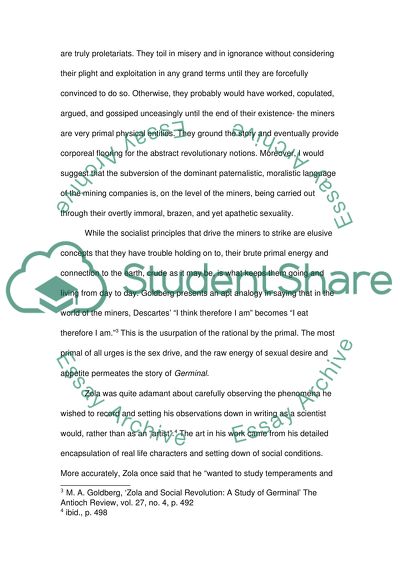Cite this document
(“The interface of primal instinct and lofty ideal in Zolas Germinal Essay”, n.d.)
Retrieved de https://studentshare.org/literature/1390591-the-interface-of-primal-instinct-and-lofty-ideal-in-zolas-germinal
Retrieved de https://studentshare.org/literature/1390591-the-interface-of-primal-instinct-and-lofty-ideal-in-zolas-germinal
(The Interface of Primal Instinct and Lofty Ideal in Zolas Germinal Essay)
https://studentshare.org/literature/1390591-the-interface-of-primal-instinct-and-lofty-ideal-in-zolas-germinal.
https://studentshare.org/literature/1390591-the-interface-of-primal-instinct-and-lofty-ideal-in-zolas-germinal.
“The Interface of Primal Instinct and Lofty Ideal in Zolas Germinal Essay”, n.d. https://studentshare.org/literature/1390591-the-interface-of-primal-instinct-and-lofty-ideal-in-zolas-germinal.


